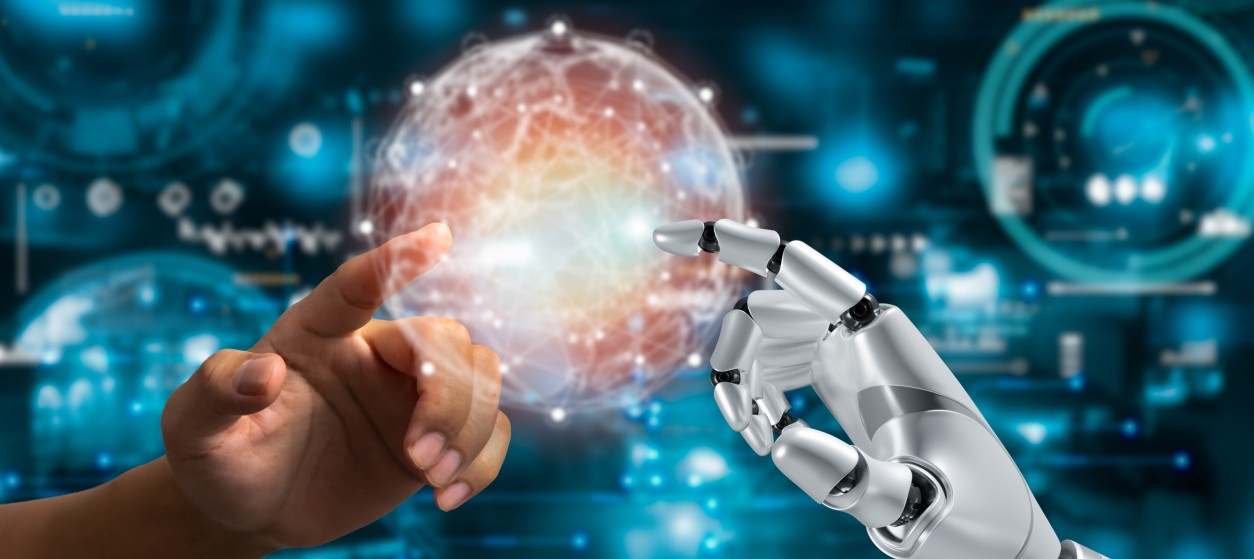Artificial Intelligence (AI) has permeated nearly every aspect of our lives, from virtual assistants to recommendation systems. As we witness the exponential growth of AI technology, the need to develop effective learning methods becomes increasingly imperative. Advanced Learning Technologies offer a range of solutions to address this challenge, leveraging human-guided AI solutions to enhance machine learning (ML) capabilities. In this context, Active Learning (AL) is increasingly deployed as a paradigm that leverages human interaction with AI systems to improve the automation and robustness of ML. Specifically, AL systems can be used to label and annotate datasets by consulting some authoritative source, which can be a human experts. In this way they enable accurate and high performance applications, including applications that foster human and AI systems collaboration.
Introducing Active Learning
Active learning is a powerful technique in the field of different machine learning areas (e.g., in computer vision) that has gained significant attention in recent years. It refers to an ML approach where an algorithm actively selects the most informative samples to annotate and train on, instead of relying on random sampling or pre-selected data points. In this way, an active learning methodology improves the efficiency of conventional labeling and annotation processes used in supervised learning. Specifically, typical annotation processes involve manually annotating a large amount of training data upfront. This can be time-consuming and costly, especially when the dataset is extensive or when expert annotators are required. Active learning addresses this challenge by intelligently selecting the most informative samples from a large unlabeled dataset for annotation. Instead of randomly choosing unlabeled instances for annotation, active learning algorithms prioritize instances that are expected to provide the most valuable information to the model’s learning process.
The AL process usually involves the following steps:
- Initial Model Training: In this step an initial model is trained using a small, labeled dataset.
- Querying: The model is used to make predictions on unlabeled instances, and the instances with the highest uncertainty or predicted error are selected for annotation.
- Annotation: The selected instances are sent to human annotators for labeling or annotation.
- Model Update: The newly labeled instances are added to the training set, and the model is retrained using the augmented dataset.
- Iterative Process: Steps 2-4 are repeated until the model achieves satisfactory performance or until a stopping criterion is met.
Overall, AL algorithms select iteratively the most informative instances for annotation in order to achieve better model performance using fewer labeled instances when compared to traditional supervised learning approaches. This approach minimizes the need for exhaustive annotation and maximizes the efficiency of the labeling and annotation process.
Active learning is currently used in in various application domains where labeled data is scarce or expensive to obtain. For instance, in computer vision tasks, AL can be used to select the most informative images for labeling. This reduces the overall annotation effort while maintaining high model performance. Similarly, in natural language processing, AL can prioritize the annotation of text data, which enables more effective training of popular models such as transformers. From a practical perspective, the use of AL and other Next-Gen Learning Technologies in labeling and annotation provides benefits such as cost reduction, faster model development, and improved labeling efficiency.
One of the primary benefits of AL is its ability to facilitate real-time improvement in AI algorithms. Traditional ML methods rely on static datasets, which may not fully capture real-world scenarios or address evolving contexts. Thanks to the involvement of humans in the learning process, AI systems can continuously gather high-quality data, adapt to changing circumstances, and deliver more accurate results.
Active Learning with Human in the Loop
Here are two examples of active learning with the human in the loop:
- Consider a deep learning system that is used to perform visual quality inspection of products in a manufacturing production line. The system leverages supervised learning based on labelled data to classify the products as defected or acceptable. However, there are cases where the deep learning system is uncertain about the classification of the product due to a lack of adequate training data. In such cases, the system can consult a human expert to perform the classification of the product. In an active learning context, the outcome of the classification helps the system to label data and to update its knowledge accordingly. This accelerates the data labelling process and the overall knowledge acquisitions by the quality inspection system.
- In an urban security use case, an AL algorithm can interactively query an expert user (e.g., a security expert) to label new data points about visual scenes captured from surveillance cameras. The security expert provides the desired outputs acting as a teacher or oracle that help the machine learning algorithm to accelerate and fine-tune its knowledge.
The Evolution of Machine Learning towards Advanced Learning Technologies
ML has made considerable strides in recent years, which have enabled the introduction of new and novel ML paradigms. The introduction of AL methodologies has played a significant role in this evolution. AL methods can in several cases be implemented as interactive learning methods. The later involve AI systems that engage in a dialogue with humans to obtain relevant information and guidance. These interactions provide a means for leveraging human expertise and experience towards better-informed decisions and faster learning of patterns. The interactive flavor of active learning provides an excellent example of how human experience in AI tech can complement AI algorithms for effective labelling and annotation of datasets. It can boost the real-time improvement of AI algorithms by utilizing the collective knowledge and experience of humans. It can ultimately leverage human expertise to enhance the accuracy and efficiency of AI systems.
Human experience also plays a crucial role in proactive AI development. The incorporation of human-driven AI strategies in AI labelling and training processes can help AI algorithms to learn from human feedback and to adjust their behavior accordingly. Overall, this collaboration between humans and machines paves the way for a more robust and adaptable AI infrastructure. The inclusion of human experience in AI technology represents a significant shift in how we approach machine learning. Instead of relying solely on automated processes, this paradigm recognizes the value of human insights in training AI algorithms in ways that refine AI models, reduce bias, and ensure that AI systems behave ethically and responsibly.
AL and Collaborative Learning Tools
Collaborative learning tools play a pivotal role in active learning scenarios. These tools enable humans and machines to work together, leveraging their respective strengths and expertise. Using innovative AI training methods, it is possible to create a symbiotic relationship between human experience and ML algorithms, which results in AI systems that continuously learn and improve over time.
Overall, active learning, powered by advanced learning technologies and machine learning innovations, has revolutionized the way AI systems learn and adapt. It incorporates human experience and insights into machine learning algorithms, towards proactively improve AI capabilities and delivering more accurate and relevant results. Through collaborative learning tools and innovative training methods, the future of AI technology looks promising. Modern enterprises must embrace these AI enhancements technologies and cutting edge machine learning solutions, while at the same time prioritizing responsible development practices and ensuring that human-guided AI solutions are ethically deployed for the betterment of society.










